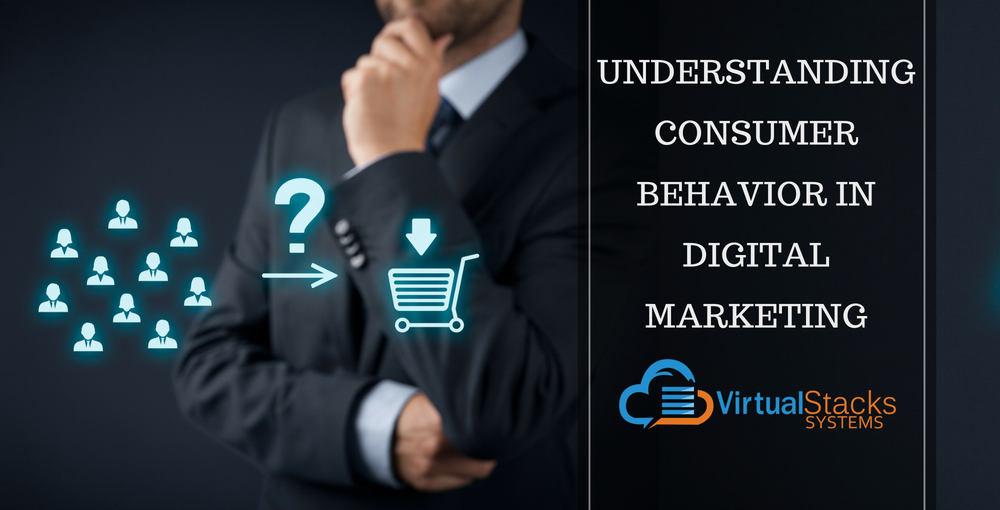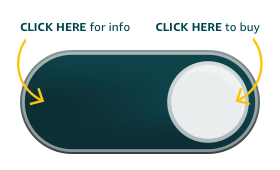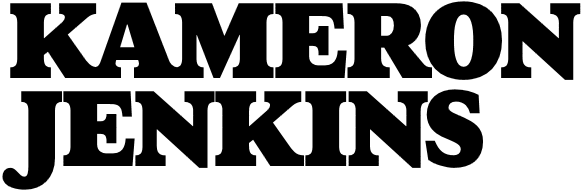
27 Jul Understanding Consumer Behavior in Digital Marketing
It’s 2018, and all bets are off in the world of business-to-consumer (B2C) marketing. The idea that the process of getting consumers to buy your product or service is a straight line with fixed points during which they will take a specific action is now as irrelevant as the VHS-Betamax format war. The shift to digital means that everyone is online and mobile. According to a Pew Research Center survey conducted in January of this year, a whopping 31 percent of United States adults who use a mobile device report they go online “almost constantly.” Consumer expectations and buying behaviors have changed accordingly, and businesses that don’t adapt could very well go the way of Blockbuster.
As noted by Bill Su, CEO of Humanlytics, the world of 2007 was much different than the world today:
![]()
“Back in those days, the way we shopped for products was drastically different from the way we shop today. Most of us still trusted brick-and-mortar stores, we didn’t have price comparison services, and we were at the mercy of large corporations for discounts.”
Since then, observes Su, “… we went from a linear, retail-focused model … to today’s iterative, digital-centric model of customer behavior …”
In plain language, this means the types of consumer buying behavior have drastically changed. Consumers aren’t likely to get excited about a product competing for attention on a retail shelf with no information other than what’s on the label, and perhaps poorly informed/indifferent sales staff who can’t answer questions. They now have the entire internet at their disposal to learn about your brand (and your competitors), check reviews and comparison shop your ecommerce website and those of your competitors for sales and discounts.
You need not be surprised that Google noticed this behavior back in 2011, and declared the time consumers spend researching and evaluating goods and services online as the Zero Moment of Truth. This introduced a new step in the traditional Moment of Truth consumer behavior framework defined in 2005 as consisting of Stimulus (becoming aware of the product), the First Moment of Truth (seeing it on the store shelf) and the Second Moment of Truth (experiencing the product).
This Moment of Truth framework was complemented by the consumer journey funnel metaphor, which assumes consumers start with a number of potential brands in mind (the wide end of the funnel). Marketing is then directed at them as they methodically reduce that number and move through the funnel, and emerge at the end with the one brand they chose to purchase.
Today’s consumers, of course, have delegated the funnel to the marketing junk drawer. Not only is the consumer buying behavior process non-linear, their ever-decreasing attention span is rendering it much shorter. In fact, global management consulting firm McKinsey & Company advocates revising the process to more accurately represent an accelerated journey in which the periods of consideration and evaluation are greatly compressed – taking place in a matter of minutes or even seconds, instead of days.

Even after consumers make their buying decision, speed is essential. Amazon’s convenient Dash Button – a Wi-Fi connected device that reorders select products from Amazon with the ease of its self-descriptive name – meets the desire of consumers to skip the processes of typical online ordering – as does its highly successful virtual assistant, Alexa.
So where do we go from here?
The future holds opportunities for nimble brands willing to adapt.
![]() According to David Edelman and Marc Singer of McKinsey & Company, “… brands today can not only react to customers as they make purchasing decisions but also actively shape those decision journeys. A set of technologies is underpinning this change, allowing companies to design and continuously optimize decision journeys. More important, companies today can use journeys to deliver value to both the customer and the brand.”
According to David Edelman and Marc Singer of McKinsey & Company, “… brands today can not only react to customers as they make purchasing decisions but also actively shape those decision journeys. A set of technologies is underpinning this change, allowing companies to design and continuously optimize decision journeys. More important, companies today can use journeys to deliver value to both the customer and the brand.”
Edelman and Singer determined that the ability of companies to deliver value to their target market in this rapidly changing environment hinges upon four interconnected capabilities:
- Automation of processes that enable simple, useful, and increasingly engaging experiences.
- Proactive personalization that uses information about a customer to instantaneously customize the experience – such as immediately putting a valued traveler on an upgrade list when the customer buys a ticket.
- Contextual interaction – using knowledge about where a customer is in a journey to deliver them to the next set of interactions. According to Edelman and Singer, some hotels are experimenting with using their app to operate like a key when a customer gets to his or her room.
- Journey innovations that extend the interaction to new sources of value – such as new services – for both the customer and the brand.
The Future of Consumer Behavior
 Kameron Jenkins, SEO Wordsmith at Moz adds,
Kameron Jenkins, SEO Wordsmith at Moz adds,
“It seems that all anyone is talking about in the digital marketing space these days is voice search, and rightfully so. If consumers’ transition from desktop to mobile is any indication, our transition from mobile to personal assistants will be just as rapid. And we’re already seeing that. comScore’s research predicted that half of all searches will be voice searches by 2020 – that’s not even two years away. And just two years after that, OC&C Strategy Consultants research predicts more than half of all homes will be equipped with a smart speaker.
I don’t believe mobile and desktop are going anywhere. I just think that it’ll be more important now than ever for marketers to give equal weight to a multitude of devices.
Consumers’ behavior isn’t linear (ex: mobile > desktop > convert), it’s all over the place (ex: personal assistant > mobile > email yourself a link > click that link on desktop > convert), which is why marketers need to focus on the cross-device journey and be prepared to serve their audience however they might be consuming content.”
 Writing for Forbes, entrepreneur Alexandro Pando anticipates the rise of virtual and augmented reality in redefining ecommerce.
Writing for Forbes, entrepreneur Alexandro Pando anticipates the rise of virtual and augmented reality in redefining ecommerce.
“The advent of virtual and augmented reality technologies has provisioned e-commerce vendors with an avenue to display their wares in immersive detail, comparable to the real-life experience. I believe the prospects for the industry could be potentially staggering … Beyond marketing, the integration of VR and augmented reality (AR) can allow users to visualize themselves using products immediately and provides a unique way to engage the customer.”
As you can see, staying ahead of the sharp curves coming up requires flexibility, adaptability and strategy. Virtual Stacks Systems offers comprehensive solutions that include ecommerce hosting, digital marketing services and social media marketing. Contact us to learn what we can offer!
